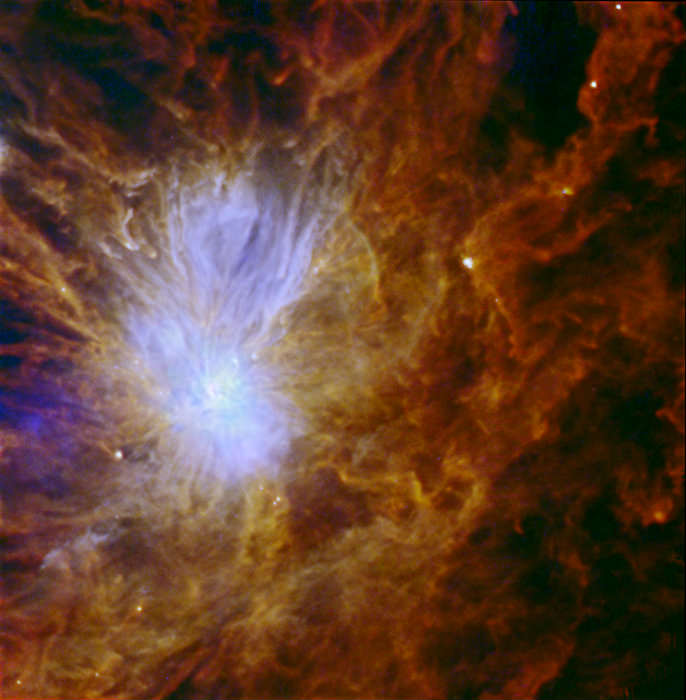
How Modern Astronomy Evolved
How Modern Astronomy Evolved
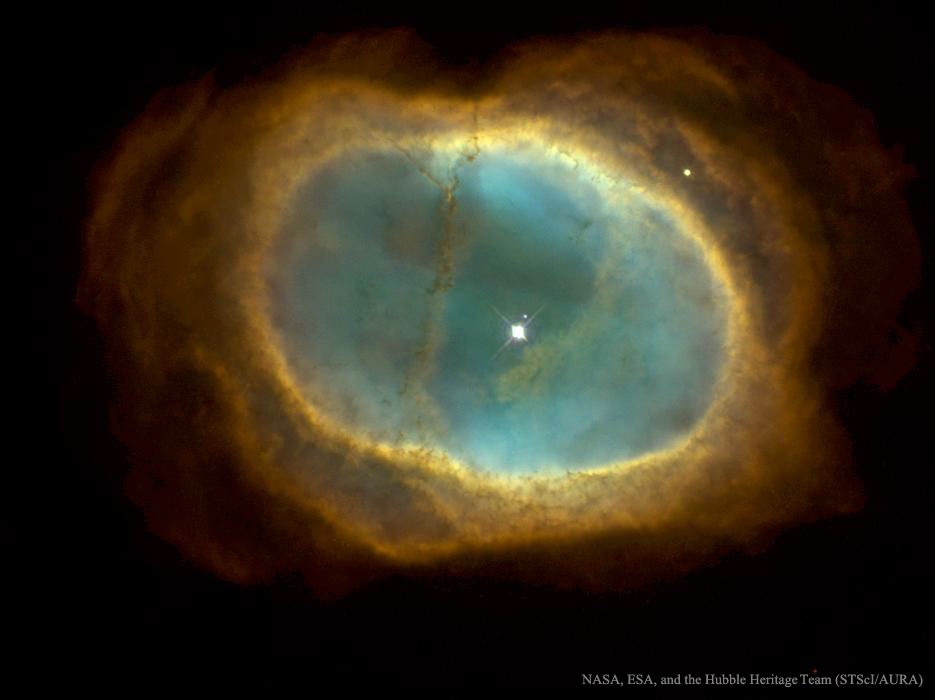
Our understanding of the universe is faulty at best. It's not for lack of trying though. We are constantly refining our ideas and collecting knowledge. This process started thousands of years ago and I hope it continues for another thousand years. The picture below shows the wondrous nature of this field.
Science Methods
The main reasons for our eventual increase of knowledge were better telescopes and improved scientific methods. Better telescopes allowed us to see stars better and make better judgements. Galileo was the first who really made significant improvements to the telescope. He refined what it did and indeed made it better. Refracting telescopes were what he used and improved.
They had their issues though which is why the reflecting telescope was then invented. Reflecting telescopes bypassed the limitations of the refracting telescope. It allowed even further refinement to celestial images of the day. How modern astronomy evolved depended very much on establishing methods to test and review results.
- Ask a question
- Form an hypothesis
- Make a prediction
- Test the prediction
- Analyze it
That is roughly the scientific method. It never really ends though. You keep making more hypotheses, more tests, and more analyses. This process helped early scientists sort through early ideas.
Systems
What good were these new devices if we did not use them well? This is where scientific method and the development of systematic observation made good use of the new telescopes we now had. With a defined set of procedures, science itself progressed more quickly. Why is the scientific method important? For one it formalizes the process. This means that everyone is testing and evaluating observations and results in the same way.
It was important because you could eliminate things that did not make sense and gain an interesting answer much quicker than just guessing your way through it. That is my analysis anyway. With a system of observation now in place, everyone could make assertions based off equal conditions. If done correctly, there should be no outlandish results. Everything that was then inferred had at least a chance of being correct until more testing and observation was done.
Better Telescopes
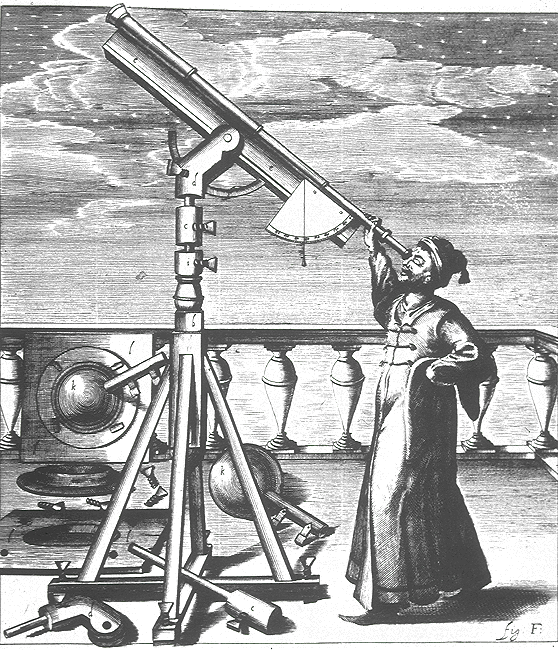
Telescopes have not been around for very long. There are many claims for earlier telescopes but even then the 1500's is the earliest it could have appeared. Galileo developed the first good one it seems. It used concave lenses. He used it to start observing various planets and other objects in the night sky.
This happened around 1609 and was the turning point for Astronomy. He continued to improve his designs throughout his career.
Johannes Kepler again made another great improvement by using a convex lens. This greatly magnified objects in space. Switching to this style also gave him a much larger field of view.
This was very helpful. His telescopes suffered from light distortion which today is called chromatic aberration.
Johannus Hevelius wanted to construct longer telescopes because he theorized that the longer they were the sharper they would be. It was reported that he developed one that was 140 feet long! The telescope was impractical to use much because it kept moving.
Isaac Newton developed the first reflector telescope using a mirror and a combination of lenses. This was a huge discovery. There were still problems but viewing instruments were getting better.
Sir William Herschel was the great Astronomer who built a huge reflector telescope with a 4 foot mirror in it. The advantage of this is that it could gather much more light. This helped resolve pictures much more clearly.
Heliocentrism
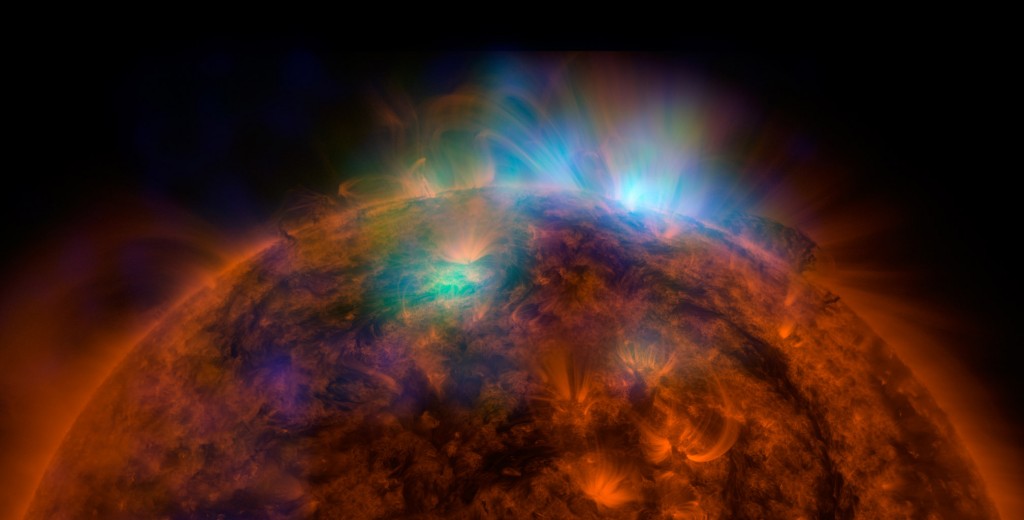
Celestial Mechanics
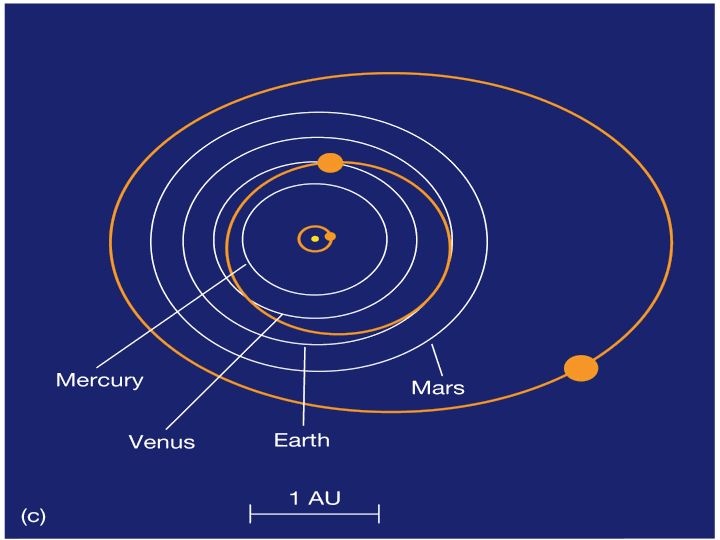
This topic deals with how the many objects, stars for example, in our solar system and how they are affected by other celestial bodies. This really confused people for literally ages. First, without the idea of heliocentrism mentioned above, these principles could not even begin to take off. If you think about the words, celestial mechanics, it really how it sounds. It is the mechanics that we know and love applied to celestial objects.
Celestial mechanics is ultimately the doing of Johannes Kepler. His laws of planetary motion were instrumental in explaining the motion of celestial bodies. This motion showed how everything interacted with each other. The key equation behind these laws of his was:
\(F = \frac{G*m1*m2}{r^2}\)
It described the gravitational force that any two particular objects exerted on each other. This equation therefore says that the masses of those objects are multiplied together along with the gravitational constant. Then divide this figure by the square of the distance between the two bodies.
When we use this equation on all of the planets, moons, and other objects, we then see a better picture of what is going on in our solar system.
Now Newton had his theories about celestial mechanics but it was Kepler that solidified everything that they knew in that time.
This theory made it know that the Sun was the major force in the solar system. All other objects of any significant size acted upon everything else too. If the effect was too small then the effect would not be measurable. When all of this was taken into account it made it easy to predict planets and their locations during orbits.
Gravity
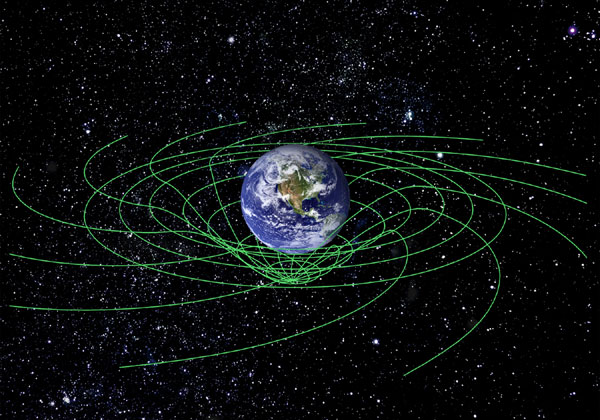
Light and Distance

Spectroscopy
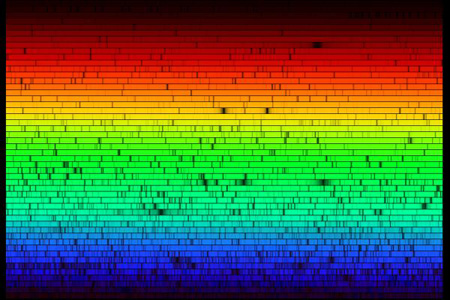
Once a reasonable level of understanding had been gained of the speed of light and distances, astronomers began focusing more on the light being emitted from stars and planets. Just about everything broadcasts some sort of light or radiation. Looking at this light and analyzing it became huge for inferring a lot of characteristics about stars. Over time scientists of the day realized they could look at different wavelengths of light.
This development yielded a great deal of additional information. Using a spectroscope, astronomers studied the light captured and could tell how hot the star was and partly what it was even made of. Once it was known how hot it was, you could then infer its age and size based other conditions.
Knowing what it was made of also helped. Stars with higher compositions of some elements had different characteristics than stars with other compositions.
This became an important field of study called spectroscopy.
Conclusion
Basically that is where we are now in modern times. There are, of course better technology innovations and telescopes out in space to get more accurate readings. Everything is progressing steadily like it always has. We are gaining insight continually and our understanding of the universe slowly evolves. Will we ever have a true understanding?
Probably not but it is seeing and discovering the wonders that is out there that has always kept us trying and hopefully forever will. How modern Astronomy evolved is a fascinating subject. Looking at past developments can also give us clues today.